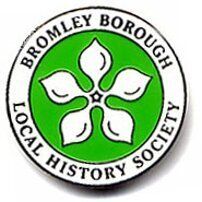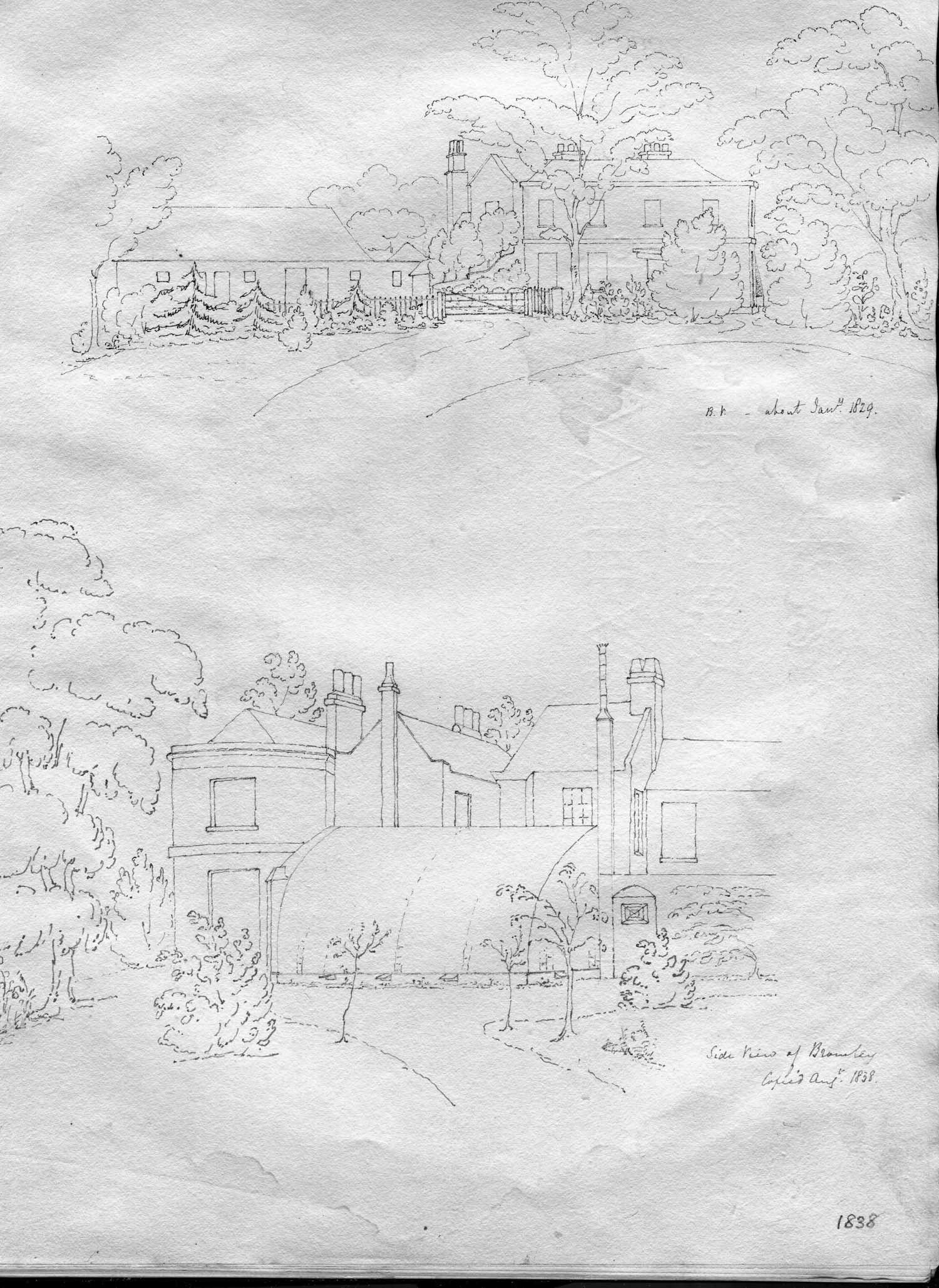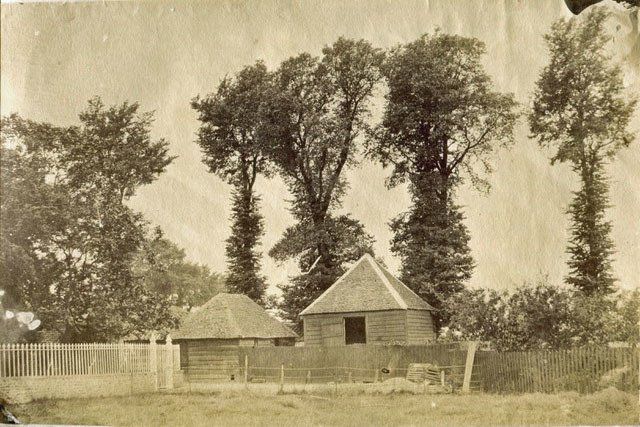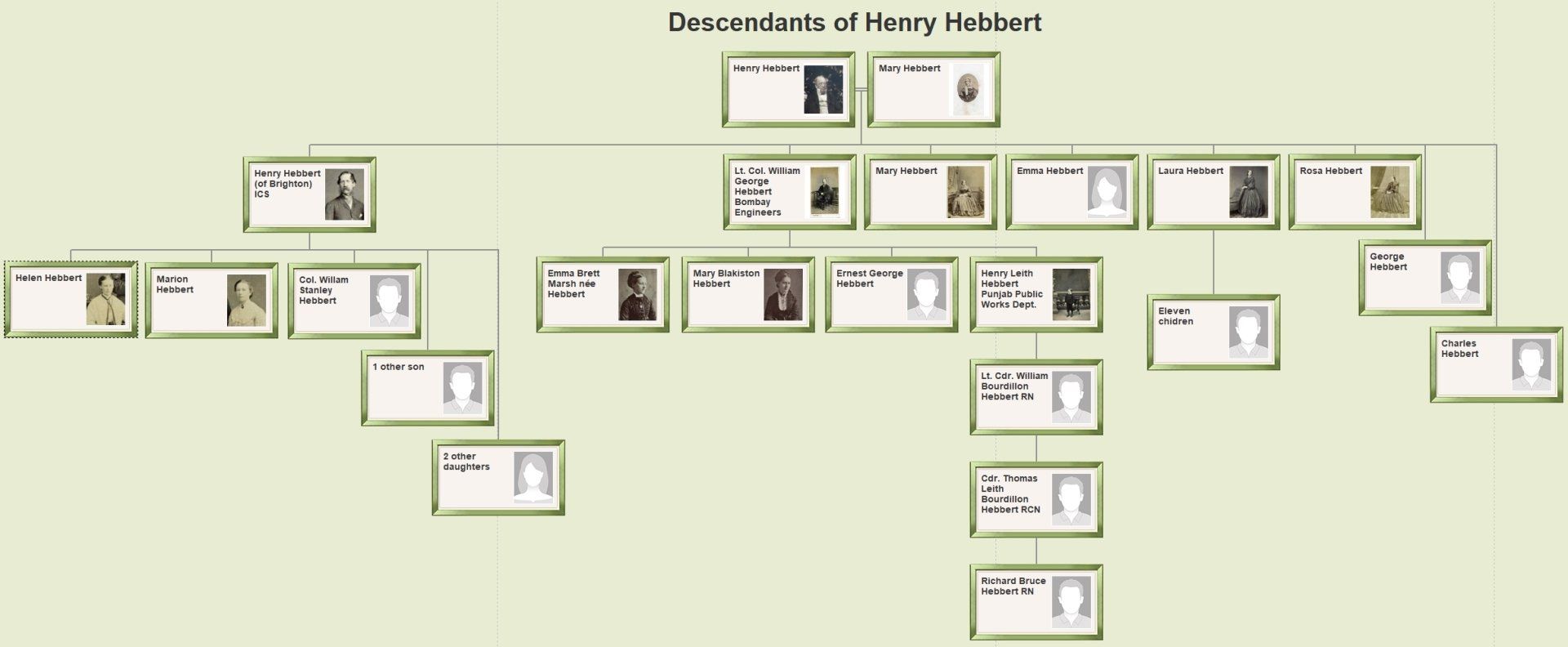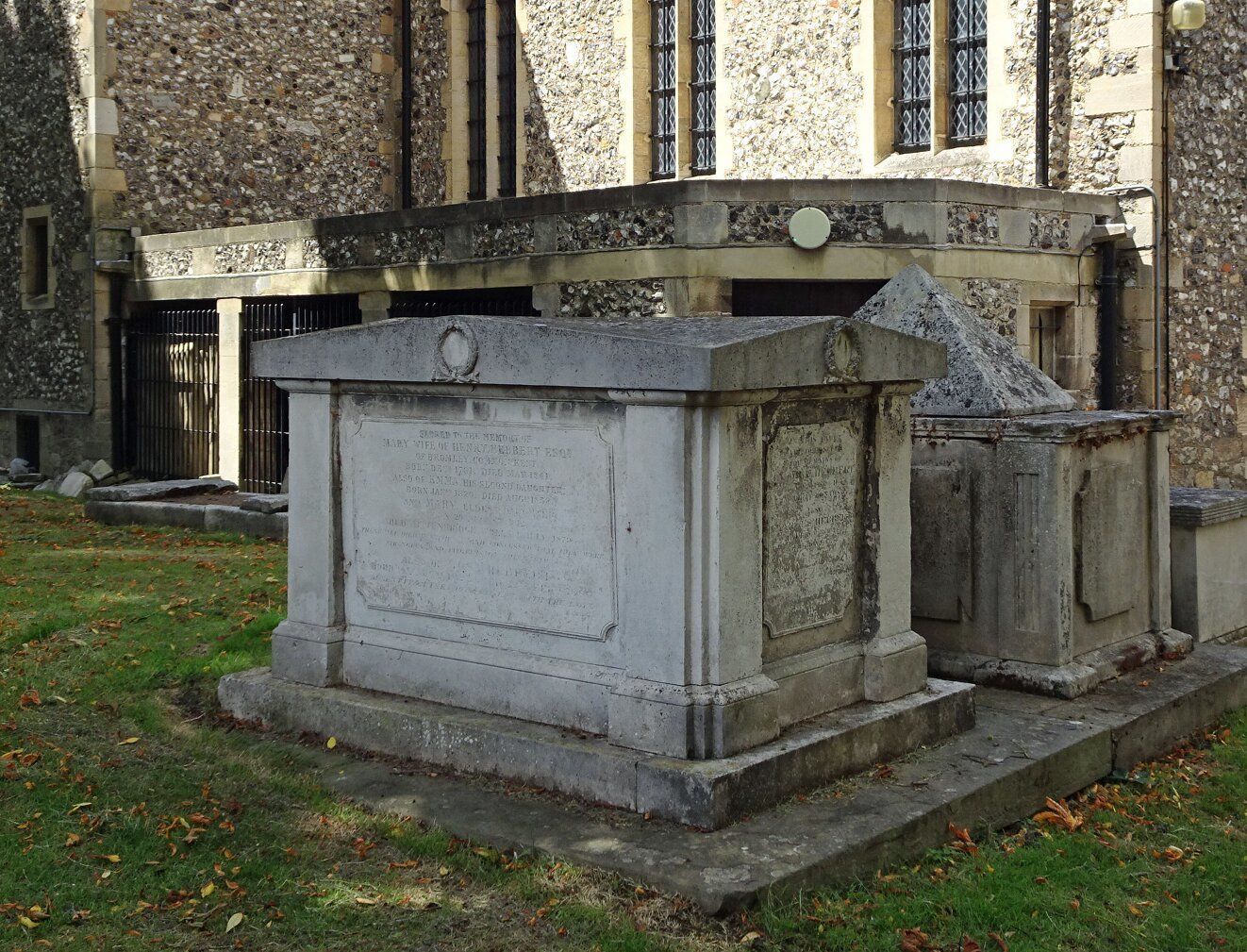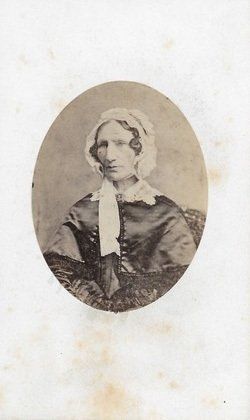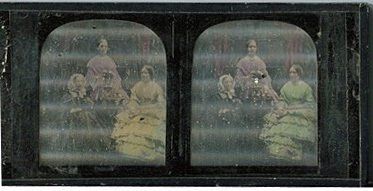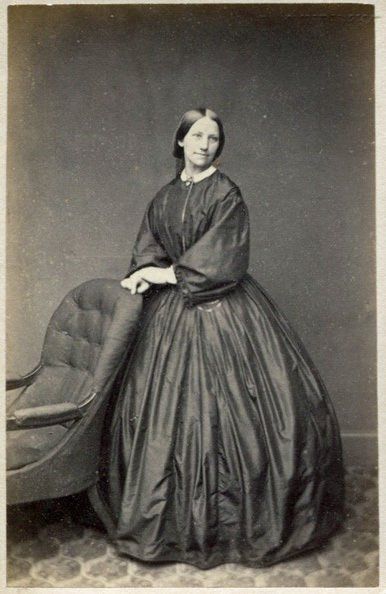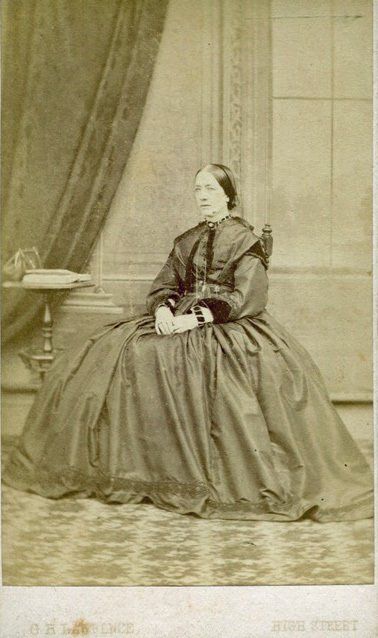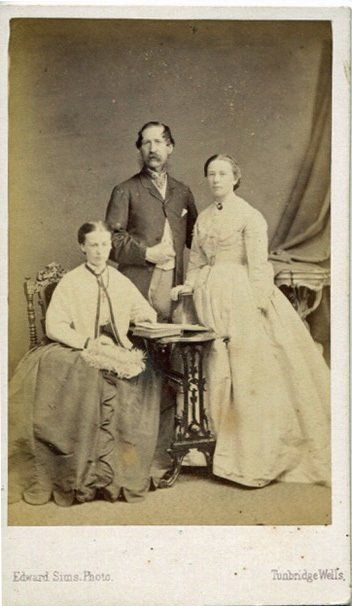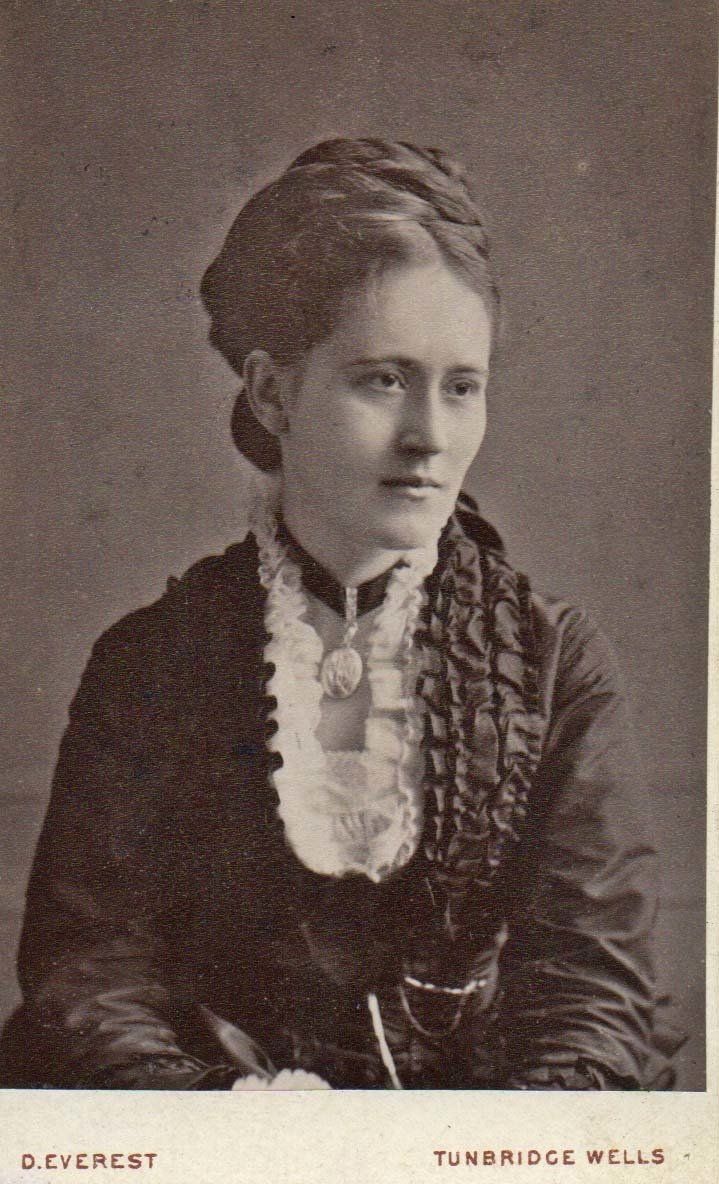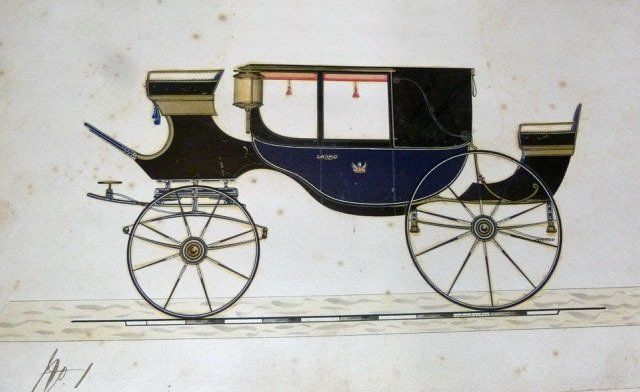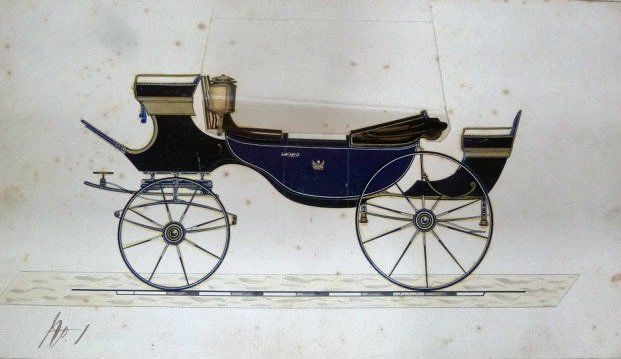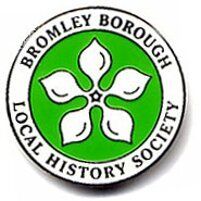The Hebbert family vault in Bromley Parish churchyard
In the south east corner is this splendid tomb which seems to have survived the destruction of the church in 1940.
On the right hand side are the names of George, Charles and Henry Hebbert.
On the front are recorded Mary Hebbert and her daughters Emma, Mary and Rosa.
On the far end, the western side, is Jessy Challoner, wife of William Stanley Hebbert whose name was added to hers only a few months later.
